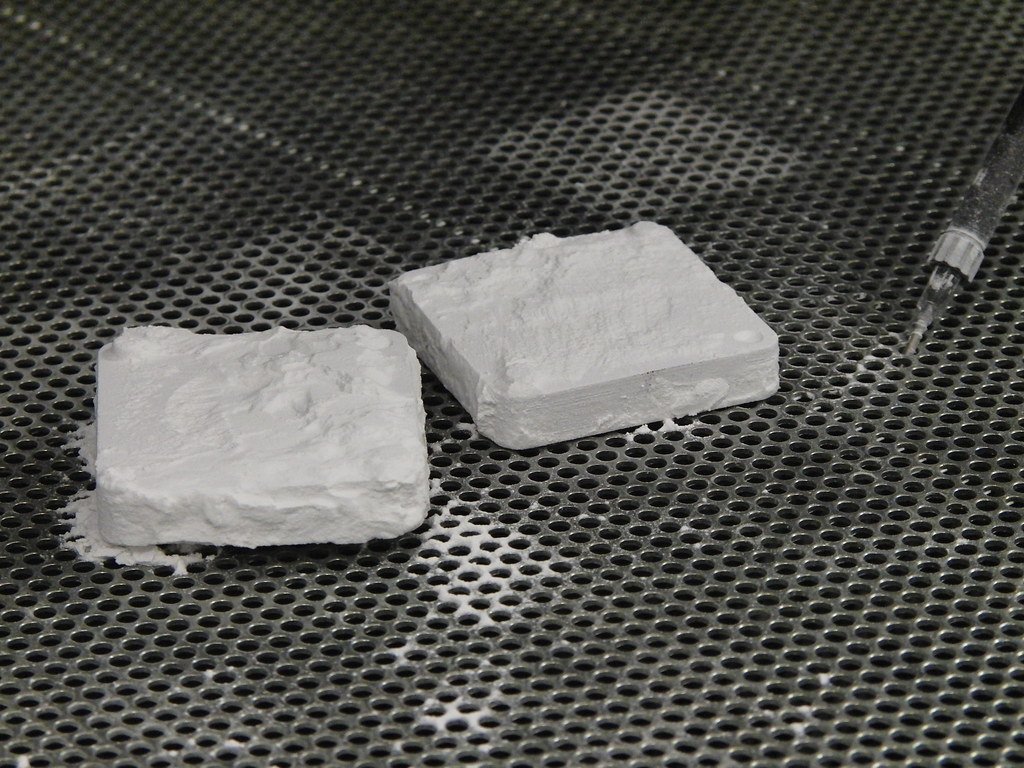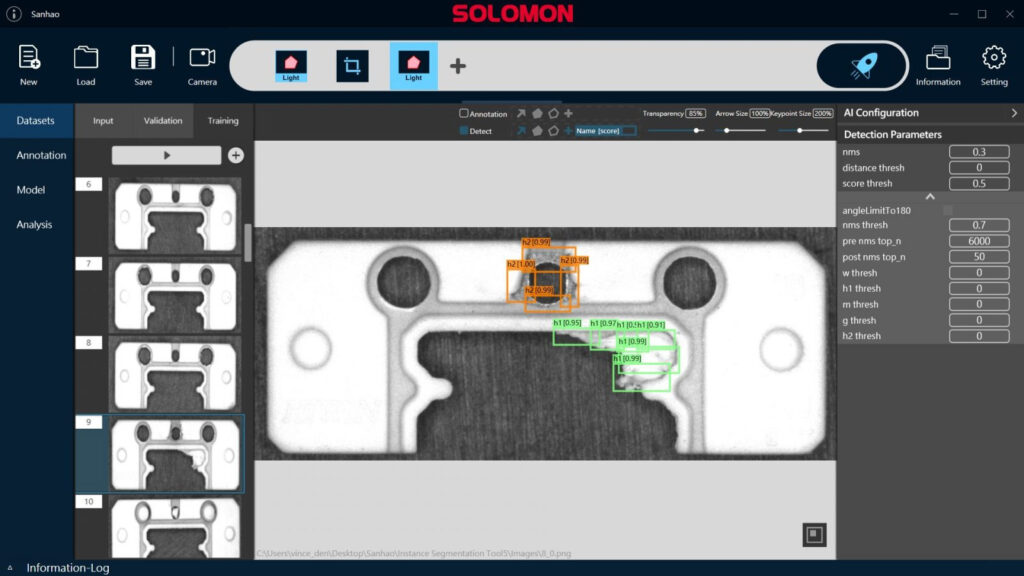
SolVision成功案例
精准辨识多种橡胶射出成型瑕疵
AI视觉检测系统自主学习,强化塑料瑕疵辨识能力
橡胶射出成型不良原因
在橡胶射出的制程中,原料品质、机台规格、模具设计到射出参数调整皆影响射出成型结果。常见射出成型的瑕疵以表面外观及尺寸差异为主,如:污点、缺料、模具压伤,或者因刮除橡胶溢出时伤及产品造成的缺陷。

传统人力与自动光学检查辨识瓶颈
采用传统自动光学检查检测塑料缺陷时,由于瑕疵种类及位置多变,易遇瑕疵样品不足使得瑕疵定性定量困难,导致检测精准度不足,若退而维持人工,检测速度相对缓慢且品质不一致,在辨识上依旧困难重重。
橡胶射出成型品质关键,提升瑕疵辨识的精准度
利用 SolVision 的实例切割技术,针对橡胶成品的瑕疵形状与颜色建立瑕疵资料库,再利用AI学习瑕疵的特征,可辨识种类及位置多变的瑕疵。随着学习影像的增加,亦持续优化AI视觉检测的能力,显著提升橡胶瑕疵辨识的精准度,有效解决橡胶成品瑕疵不固定的检测问题。
瑕疵种类案例
切口不平整

缺料

模具压伤

污点
